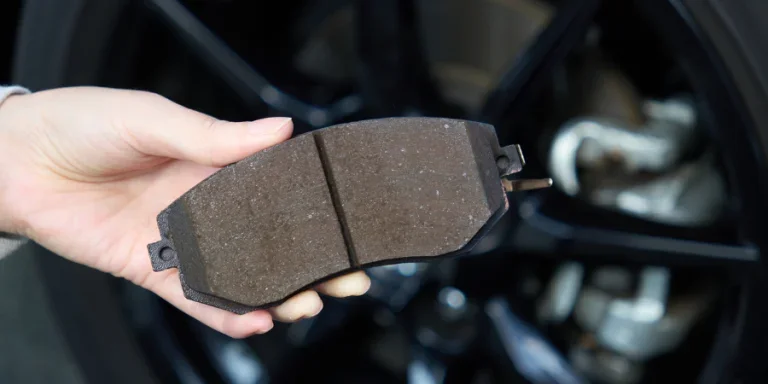Brake pads are a critical component in your vehicle’s braking system, playing a pivotal role in your safety and the vehicle’s performance. Understanding what brake pads are, how they function, and when to replace them can seem daunting. This guide will navigate you through everything you need to know about brake pads, ensuring your next ride is both safe and smooth.
Table of Contents:
– What is a brake pad?
– What does a brake pad do?
– How to choose brake pads
– How long do brake pads last?
– How to replace brake pads
– How much are brake pads?
What is a brake pad?
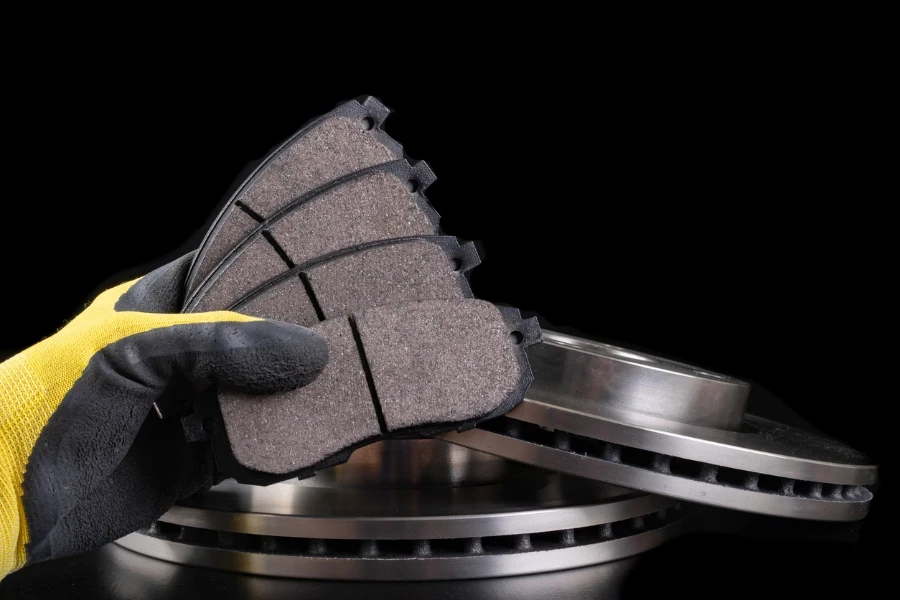
Brake pads are an integral component of your vehicle’s braking system. They are made from high-friction materials and are designed to apply pressure and friction to a vehicle’s brake rotors—the discs that you can sometimes see through the wheels of your car. This friction is what slows down your vehicle, allowing it to stop safely. The materials used in brake pads can vary, ranging from organic compounds and metallic mixtures to ceramic formulas, each with its unique properties and suitability for different driving conditions and vehicle types.
What does a brake pad do?
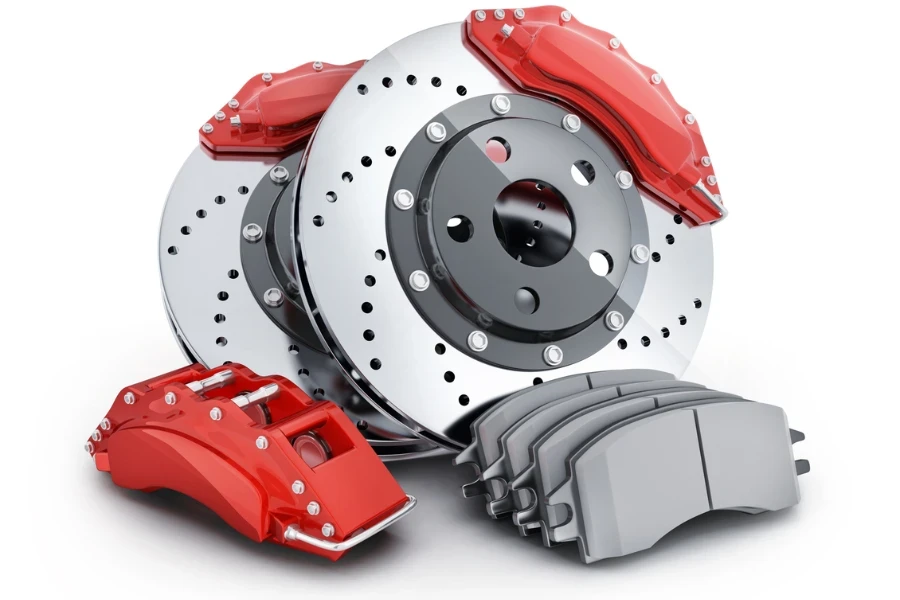
The primary function of a brake pad is to decelerate or stop your vehicle by creating friction against the brake rotors. When you press the brake pedal, hydraulic fluid is pushed through the brake lines, causing the calipers to squeeze the brake pads against the rotors. This process generates heat due to the friction between the pads and the rotors, effectively slowing down or stopping the vehicle. The efficiency of brake pads is crucial for not only the performance of your braking system but also for the safety of the driver and passengers. A well-functioning brake pad will ensure smooth and responsive braking, while worn-out pads can lead to increased stopping distances and potentially hazardous driving conditions.
How to choose brake pads
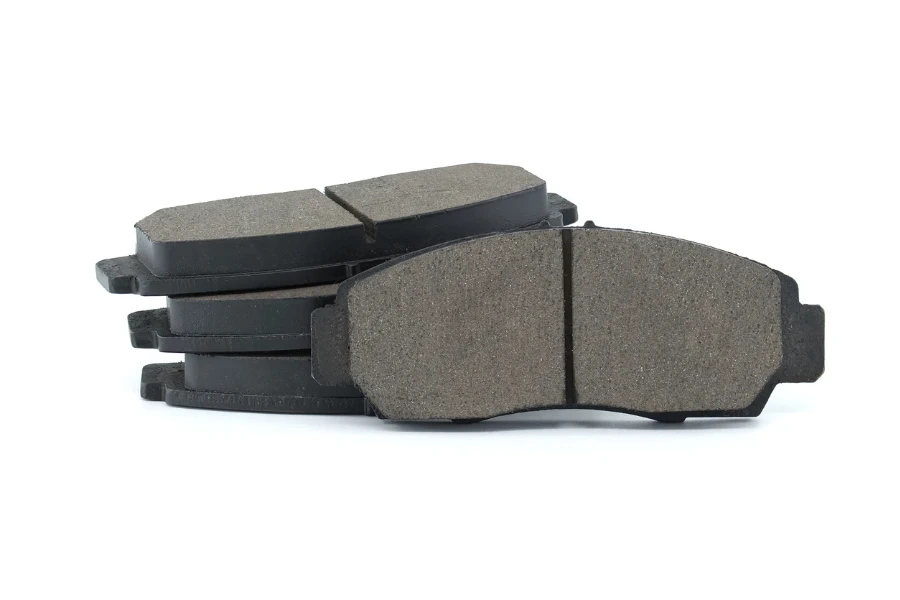
Choosing the right brake pads for your vehicle involves considering several factors, including your driving habits, vehicle type, and desired performance characteristics. For everyday commuting, organic brake pads may offer the quietest operation and least wear on brake rotors but may wear out faster and provide less stopping power than other types. For those with a more aggressive driving style or who drive heavier vehicles, metallic or semi-metallic brake pads might be preferred for their durability and superior stopping power, though they may produce more brake dust and noise. Ceramic brake pads, while typically the most expensive, offer a balance of long lifespan, quiet operation, and minimal rotor wear, making them a popular choice among many drivers.
How long do brake pads last?
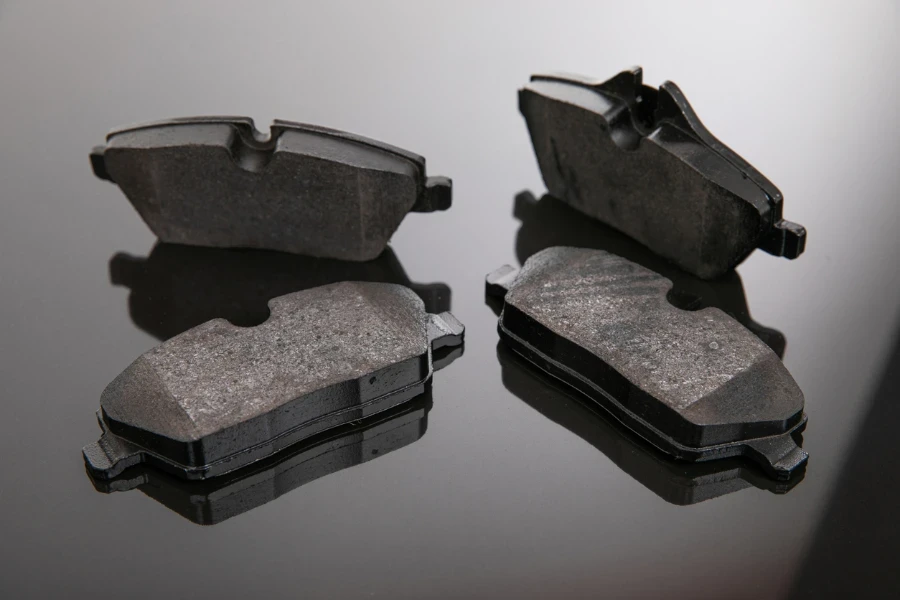
The lifespan of brake pads can vary widely depending on factors such as driving habits, environment, brake pad material, and vehicle type. On average, brake pads may last anywhere from 25,000 to 70,000 miles. Frequent city driving with lots of stopping and starting will wear down brake pads more quickly than highway driving. Similarly, heavy vehicles or those that are often used for towing will put additional strain on brake pads, leading to faster wear. Regularly inspecting your brake pads for wear and tear is crucial to maintaining your vehicle’s safety and performance.
How to replace brake pads

Replacing brake pads is a procedure that many vehicle owners can do themselves with the right tools and a bit of mechanical know-how. The process generally involves lifting the vehicle, removing the wheel, and then unbolting the caliper to access the brake pads. Once the old pads are removed, it’s essential to compress the caliper piston before installing new pads to ensure they fit properly. After the new pads are in place, reassemble the caliper and wheel, and then repeat the process on the other wheels. Always consult your vehicle’s service manual for specific instructions and safety information before attempting to replace your brake pads.
How much are brake pads?
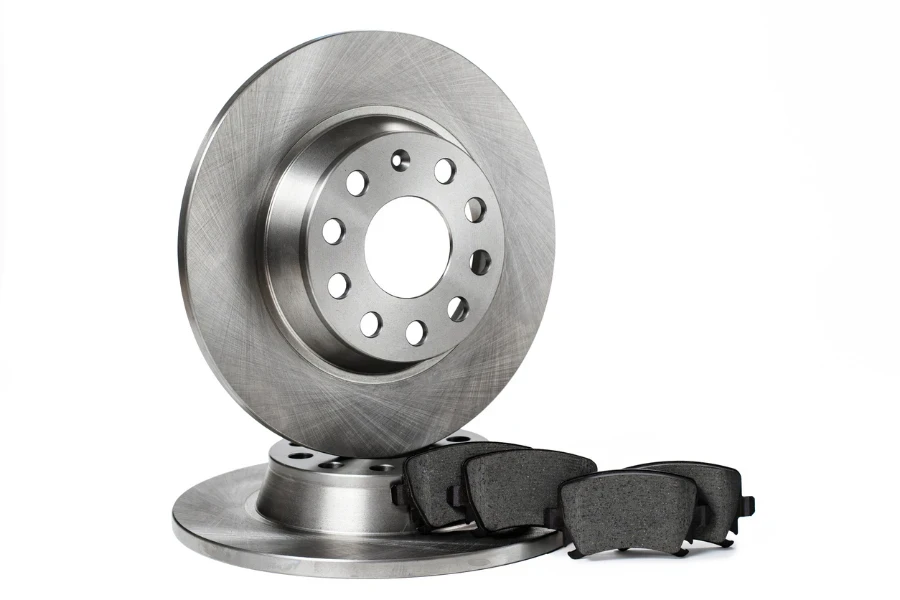
The cost of brake pads can vary significantly based on the type of pad, vehicle make and model, and whether you plan to replace them yourself or have them installed by a professional. On average, brake pads for most vehicles can range from $30 to $100 per set for the parts alone. If you choose to have them installed by a professional, labor costs can add an additional $50 to $150 to the total expense, depending on the complexity of the job and the rates charged by the service provider.
Conclusion:
Brake pads are a crucial safety feature of any vehicle, ensuring that you can stop quickly and safely whenever necessary. Understanding the different types of brake pads, how they function, and when to replace them can help keep your vehicle running smoothly and safely. Whether you’re an everyday commuter or a performance enthusiast, choosing the right brake pads and maintaining them properly is essential for optimal vehicle performance and safety.
